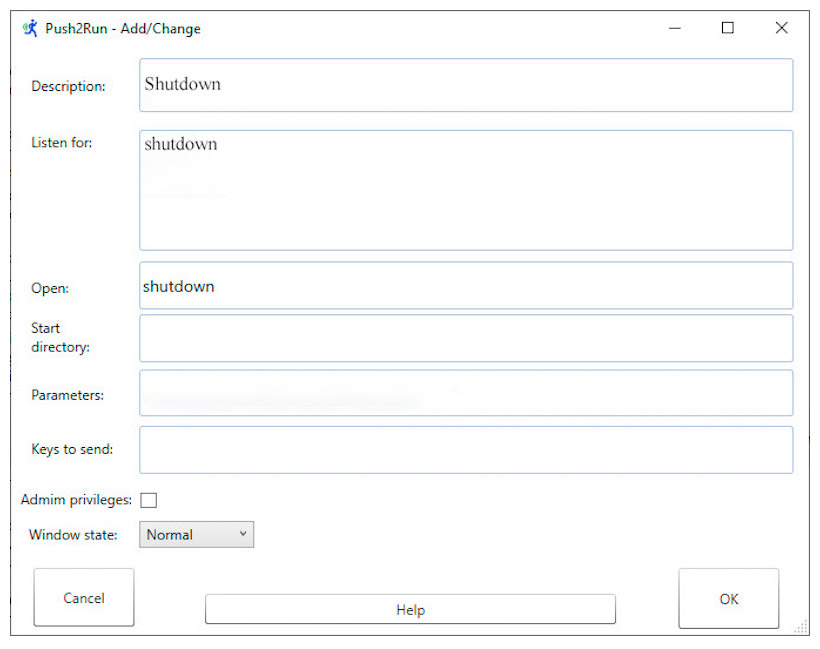How to Use Google Assistant Voice Control on Windows PC
Google Assistant allows you to find out useful information and control your smart home. You can use the virtual assistant on a smartphone, smart display, smart TV, and even in a car. However, it does have its limitations i.e., Google Assistant is not supported by Windows PC.
Nevertheless, there is a way around this limitation. And in this article, we will tell you how to use Google Assistant voice control on a Windows PC using different apps. Let’s get on.
200+ Useful Google Assistant Commands
Google Assistant was first introduced in Google Allo, and it slowly replaced the old de-facto virtual assistant for... Read more
Google Assistant Features
Google Assistant is a feature-rich and intuitive service that enables you to control a supporting device through voice control functionality. However, there are many other things that you can do with it.
Here’s an outlook of what Google Assistant can do:
- The main thing that distinguishes the voice assistant from similar services is “live” communication which it does better than Siri in iOS. The answers to the same questions are usually different, and often even humorous.
- Help you to plan a route from home to a place of work and show petrol stations.
- It’ll go over your plans for the day, upload the results of the calendar, and will show you a photo from the cloud storage.
- On command, it will launch the application, turn on music or find a movie on the network.
- Manages system settings on an Android smartphone: turn on silent mode, Wi-Fi, send a text message or call the desired number.
- The assistant remembers passwords and codes.
Getting Started with Google Assistant
To get started with the assistant, you first need to activate the “Voice Match”. Here’s how to do it:
- Open the installed application and at the bottom of the page and click the More button (three horizontal stripes).
- Go to the Settings section and select Voice input.
- In the Voice Match parameter block, toggle all the options on.
- Now to turn on the assistant, all you need to say is the start command "Okay Google".
Using Google Assistant Voice Control on Windows PC
In order to use the Google Assistant voice control feature on Windows 10, we are going to use Pushbullet and IFTTT apps on the mobile device and Push2Run application on the computer.
Here’s how our task flow is going to look like:
Voice command > IFTTT > Pushbullet > Push2Run on PC > Final execution of the task on PC.
Following is a step-by-step guide that you can follow for using Google Assistant on your Windows PC:
- Install both IFTTT and Pushbullet apps on your Android device.
- Then open the Pushbullet and IFTTT websites on your PC and sign in with your Google account.
- Install the Push2Run application on PC.
- In your account Settings, click on the Create Access Token button and you will get a key value. Copy that value.
- Open the Push2Run app on your PC and do the initial setup and select Pushbullet from the left menu to enable the Pushbullet box.
- Paste the copied access token value into the API Pushbullet field.
- Now, copy everything into the Title Filter box and click OK.
- Now click on the Google Assistant box and then select the Say a phrase with text ingredient trigger:
- Once you are on the next page, enter the voice commands that you will use to connect to your computer. When finished, click the Create Trigger button.
- Then click on + that (As you see in the image below):
- Now, click on Pushbullet and then click on Push a Note. Then, paste the copied text from Title Filter into the Title box and click the Create Action button.

IFTTT



You can now test it by saying something to the computer with "Ok Google (the voice command you have chosen to use)" and see if your PC can do that action.
Push2Run Tasks
Push2Run works through the IFTTT and Dropbox applets. An applet is created on IFTTT with a recognizable part of the phrase (set using $), and then this part is written (again, through IFTTT scripts) to a text file on the Dropbox.
Push2Run monitors the appearance of a new file through the FileSystemWatcher, reads the content as its command, and deletes the file. In principle, a simple, but quite a workable solution.
Let's look at examples of using tasks:
Shutdown
You can use the shutdown command to turn off the computer by saying a phrase or a word. Fill in the Description field with the name you wish to use.
In the Listen for the field, enter a phrase or word that will launch the program. It uses shutdown.exe that’s built into Windows.

Example of calling the command: OK, Google (your phrase you have chosen) shutdown. Following are some other parameters that can be used for different actions:
- To put the computer into sleep mode:
/ h - To shutdown the computer:
/ s / t 10 / c
Google Search
You can use this task to search for something on Google. Write the description you want and then select the phrase you’d like to use to run the command in the Listen for section.

Example of calling the command: Ok, Google (you have chosen your phrase) search something for me.
Conclusion
Now you have a working demo of the Google Assistant in Windows 10. It is important to note that the service is not able to do all this yet. Google is actively developing its voice assistant, and in the global market, this particular product is already one-step ahead of competitors.
In addition, even with the current set of capabilities, the Google Assistant eliminates many routine actions, increases the level of comfort, and saves our time.